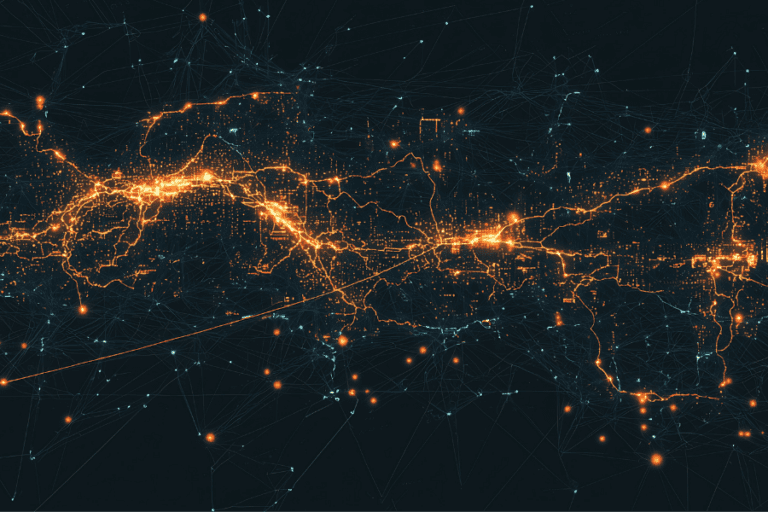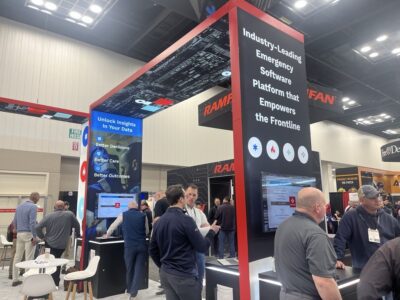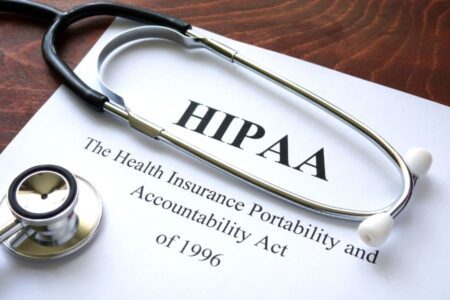In early 2025, ImageTrend expanded its intelligence capabilities with the acquisition of biospatial, a healthcare data analytics platform built to bring real-time insights to the front lines of emergency response and public health.
Known for its syndromic surveillance capabilities, biospatial analyzes near real-time EMS and healthcare data to identify emerging health threats—days before traditional reporting systems catch up.
Now part of ImageTrend’s data insights and intelligence suite, this technology is set to transform how EMS agencies, health departments, and government organizations anticipate and respond to public health concerns across the country.
What Is Syndromic Surveillance—and Why Does It Matter?
Syndromic surveillance is a method of using real-time or near real-time data to detect health-related trends before diagnoses are confirmed. It’s especially useful for identifying sudden spikes in specific symptoms or behaviors—like respiratory distress, overdose, suicidal ideation, or heat illness—so public health and emergency response teams can act faster and more strategically.
Traditional health reporting is often delayed by several days or even weeks due to the complexity of hospital data systems. By contrast, EMS data is entered shortly after a call and typically submitted to the biospatial platform within hours—offering an early window into unfolding health threats.
Why Syndromic Surveillance Is a Game-Changer for Public Health Intelligence
EMS data serves as an ideal source for syndromic surveillance because it strikes a critical balance between timeliness, coverage, and clinical relevance.
Paramedics and EMTs are often the first point of contact for patients in crisis—whether it’s a drug overdose, gunshot wound, or severe respiratory episode. Their ePCR reports include:
- Structured fields like provider impressions, vitals, and cause of injury
- Free-text narratives that offer context and nuance
- Timestamped details that help define exact timelines
Using machine learning and natural language processing, biospatial scans these records to identify syndromic cases, build historical baselines, and detect statistical anomalies that suggest a rising trend.
How Syndromic Surveillance Works: Simple in Theory, Powerful in Practice
The biospatial platform establishes a baseline for what’s “normal” by analyzing historical EMS data by syndrome, region, and day of the week. It then compares current activity against that expected pattern to detect anomalies.
When a syndrome—such as opioid overdose or respiratory distress—occurs more frequently than usual, the platform flags the deviation and triggers an alert. Users can set customizable thresholds (low, medium, or high) based on how sensitive they want the system to be to these changes.
For example, if a region typically reports 30 opioid-related EMS calls in a week and that number spikes to 45, biospatial recognizes the anomaly and issues an alert.
Users can subscribe to alerts by geographic area and specific syndromes, and notifications are delivered in near real-time via text, email, or in-platform messages—giving teams the lead time they need to respond quickly and effectively.
From Data to Action: Real-World Syndromic Surveillance Results
What sets ImageTrend’s syndromic surveillance solution apart is its combination of speed, usability, and scale. Through an intuitive web-based dashboard, users can:
- View incident spikes and trends in real time
- Zoom in on local data or scan regional patterns
- Filter by syndrome, age, gender, location, and date
- Track trends across county lines to anticipate regional spread
- Export charts and configure reports for internal briefings or interagency sharing
No advanced training is required. From public health epidemiologists to EMS directors, users can engage with the platform immediately—and take action when it matters most.
Early Detection of Public Health Threats
During the height of the COVID-19 pandemic, one state public health agency used biospatial’s syndromic dashboards to track spikes in suspected COVID-19 patients encountered by EMS. The EMS data began to show a sharp upward trend two to three days before confirmed case data appeared in the state’s health department systems.
That insight helped them to coordinate with local health departments, redirect resources, and brief government stakeholders daily, demonstrating not only the speed, but also the reliability of EMS data as a surveillance source.
This is just one of many use cases. Agencies today are using syndromic surveillance to monitor:
- Opioid overdoses and fentanyl spikes
- Firearm injuries and violent trauma
- Behavioral health issues, including suicide attempts and ideation
- Heat-related illness and drowning, especially in coastal or rural areas
- Seasonal trends, like flu and RSV surges
- Motor vehicle crash clusters, helping inform public safety campaigns
Not Just a Tool—A Strategic Asset
Beyond alerts and dashboards, syndromic surveillance empowers teams to plan smarter.
Agencies can:
- Pre-position critical resources, like Narcan or airway kits
- Educate and brief field staff on rising concerns in their coverage area
- Coordinate with local health departments, law enforcement, and public information officers
- Strengthen community partnerships and secure funding by proving the value of their data
It’s no longer enough to just respond to emergencies. With the power of syndromic surveillance, agencies can predict, prepare, and prevent—turning early data into faster action and better outcomes.
Why Syndromic Surveillance Should Be Part of Your Strategy
Whether it’s opioids, heat waves, flu season, or the next unknown threat—syndromic surveillance gives your agency a head start. While EMS data fuels the platform, the insights empower a much broader audience: public health departments, state EMS offices, emergency preparedness teams, and healthcare partners. By unlocking real-time intelligence from EMS encounters, you’re not just reacting faster—you’re coordinating smarter, preparing earlier, and staying ahead of what’s next.
Want to see what syndromic surveillance could look like for your region? Contact our team of experts to schedule a demo.




